I have both a specific and a broader question, and I'll use the specific one to illustrate the broader:
My use case is that I want to use this feature Support pre release packages with floating versions, which will be available in Nuget 5.6, both for local development and in my CI/CD pipelines for my .NET Core applications
So basically I want to use this feature in combination with:
- the standalone nuget.exe CLI (for local dev)
- Visual Studio (for local dev)
- dotnet CLI's
dotnet restore command(for local dev and for my pipelines)
For (1), it's pretty simple, when 5.6 is released, I can use it.
For (2), I found on here that each Nuget 5.x version was available in Visual Studio 16.x, so I guess theres's a good chance, that, when Visual Studio 16.6 is out, nuget 5.6 will be used there as well. (Couldn't find any other docs specifying this)
For (3), I have no idea.
So my specific question/problem was: When will I be able to use package reference versions like "*-*" that will use the latest release or prerelease version available and be able to run a dotnet restore command that understands this? As soon as nuget 5.6 comes out?
I found here that
The only difference: dotnet restore is a convenience wrapper to invoke dotnet msbuild /t:Restore which invokes an MSBuild-integrated restore. This only works on MSBuild distributions that include NuGet, such as Visual Studio 2017 (full Visual Studio, build tools) or Mono 5.2+ (=> msbuild /t:Restore) and the .NET Core SDK which provides this convenience command.
but again, which nuget version is used?
But my broader question coming from this is: What nuget version does the dotnet CLI use? Can you even say it uses a specific "version" or does it just contain a certain subset of features of nuget that do not really correspond to a version? Is there any documentation/process specifying when features of nuget make it into the dotnet CLI?


